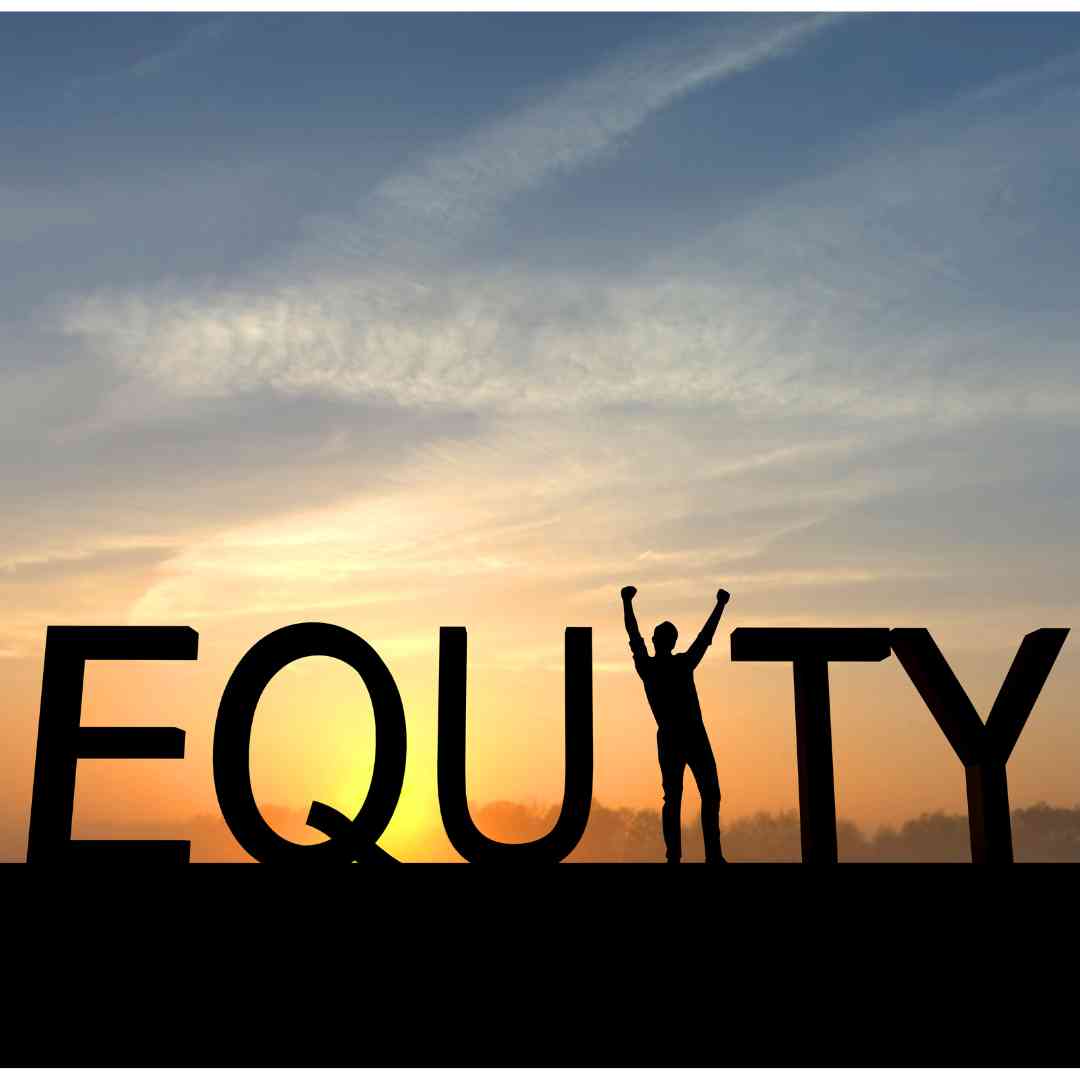Unpacking Equity in Transportation: Equal Access for All

Equity in transportation encompasses a core principle of fairness: ensuring that everyone, regardless of their background or circumstances, has equitable access to transportation resources and opportunities. This principle is particularly significant for marginalized groups such as low-income individuals, seniors, and the disabled community. Let’s delve into the concept of equity in transportation and explore why it is vital for these groups to have equal advantages in the realm of mobility.
Defining Equity in Transportation
Equity in transportation revolves around the idea that access to transportation services and resources should not be influenced by factors like income, age, or physical abilities. Instead, it promotes the notion that all individuals deserve equal opportunities to travel efficiently, safely, and affordably. Equity addresses the disparities that can arise due to systemic inequalities and aims to rectify them through targeted measures.
The Significance for Marginalized Groups
- Low-Income Individuals: Transportation is a linchpin in breaking the cycle of poverty. For low-income individuals, equitable transportation means having access to reliable public transit options at affordable prices. This access opens doors to job opportunities, educational institutions, healthcare facilities, and other essential services. Without affordable transportation, the ability to access these opportunities remains limited, perpetuating the cycle of poverty.
- Seniors: Aging often comes with mobility challenges that can hinder seniors from driving or using conventional transportation. Equity ensures that seniors can continue to lead active lives by providing them with accessible transportation options. This enables them to attend medical appointments, engage in social activities, and remain connected with their communities, thereby reducing feelings of isolation and promoting overall well-being.
- Disabled Community: People with disabilities encounter physical and logistical obstacles when using standard transportation. Equity recognizes the need for specialized services such as paratransit and accessible infrastructure. By providing these services, transportation systems empower individuals with disabilities to participate fully in societal activities, access employment opportunities, and contribute to their communities.
Equitable Advantages for All
Equity in transportation goes beyond offering identical services to everyone; it acknowledges the diverse needs and challenges faced by different groups. Achieving equitable advantages involves tailoring transportation solutions to address these unique barriers:
- Affordable Transportation for Low-Income Individuals: To ensure low-income individuals can access transportation without financial strain, subsidized fares or discounted rates can be implemented. These measures make public transportation more accessible, enabling individuals to reach work, education, and vital services.
- Senior-Specific Shuttle Services: Acknowledging the mobility and scheduling needs of seniors, senior-specific shuttle services can be established. These services provide seniors with a reliable mode of transportation that accommodates their requirements, allowing them to maintain their independence and engage in social interactions.
- Accessible Vehicles and Infrastructure for the Disabled: Equity for the disabled community involves creating accessible transportation options. This includes vehicles with ramps or lifts, as well as infrastructure modifications such as ramps, elevators, and tactile indicators in public spaces. These measures ensure inclusivity and independence for people with disabilities.
- Specialized Transportation for Medical and Mobility Needs: Tailored transportation solutions, such as paratransit services, cater to the medical and mobility requirements of marginalized groups. These services address the unique challenges these individuals face, ensuring they can access medical appointments, therapies, and other necessary destinations.
By implementing these measures, transportation systems create an environment where everyone can participate fully in society, unlocking opportunities and promoting inclusivity.
Join us in making transportation inclusive for everyone! Request a demo to see how our software enhances mobility services for the elderly and disabled.
ABOUT THE AUTHOR
MIKE B.
Mike is a seasoned transportation consultant and technology advocate. Drawing from years of experience in the transportation industry, Mike bridges the gap between innovative software solutions and practical implementation strategies. His articles focus on the transformative power of software for organizations that deliver transportation options for the elderly, special needs and disabled communities. Outside his writing endeavors, Mike enjoys exploring the landscapes of Costa Rica and advocating for sustainable transportation initiatives.
Recent Comments